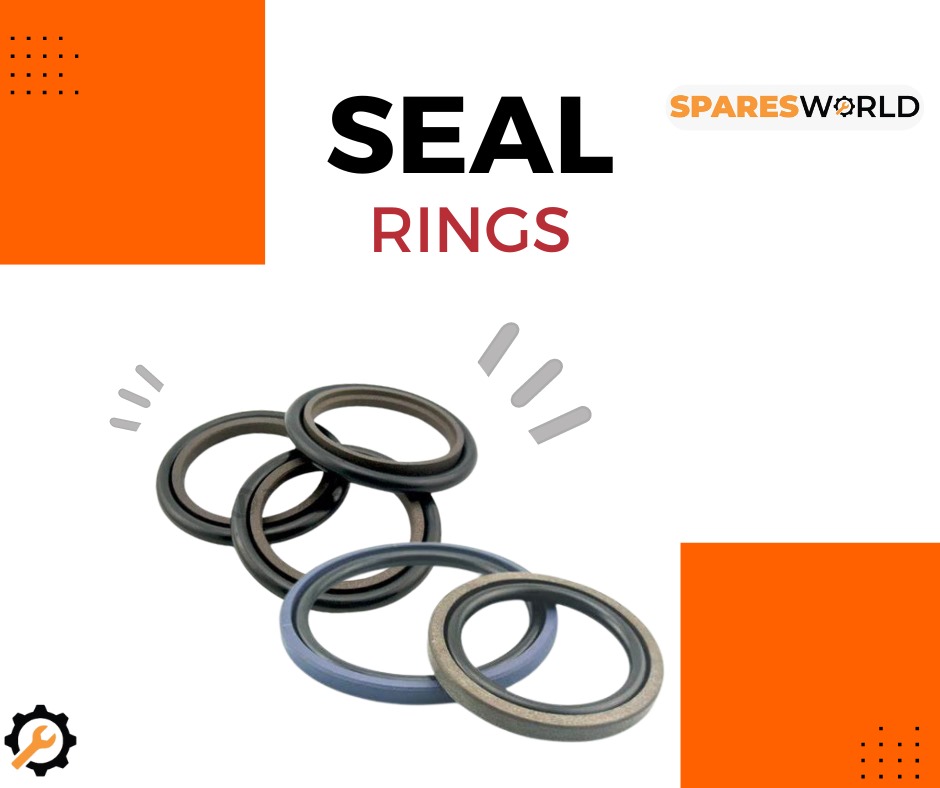When to Replace Seal Rings in Your Car

The crucial times to replace the seal rings in your car to maintain optimal performance and prevent costly repairs.
Seal Rings and Their Role in Your Car
Seal rings, also known as O-rings or gaskets, are essential components in your car's engine and various systems. They are designed to create a tight seal between two surfaces to prevent fluid leaks and maintain pressure. These rings are commonly found in areas such as the engine, transmission, fuel system, and cooling system.
The primary purpose of seal rings is to ensure that fluids such as oil, coolant, and fuel do not leak out of their designated areas. Properly functioning seal rings help maintain the overall performance and efficiency of your vehicle. Without them, you could experience significant engine damage, reduced fuel efficiency, and costly repairs.
Common Signs of Seal Ring Wear and Failure
Seal rings, like any other component in a car, can wear out over time. Common signs of worn or failing seal rings include oil leaks, coolant leaks, or fuel leaks. You might notice puddles of fluid underneath your car or a drop in fluid levels in the reservoir.
Other indicators include unusual noises from the engine, overheating, or a loss of engine power. If you detect a burning smell or see smoke coming from under the hood, it could also be a sign of a compromised seal ring. Addressing these issues promptly can prevent further damage to your vehicle.
Optimal Timing for Seal Ring Replacement
There is no one-size-fits-all answer for when to replace seal rings, as it depends on several factors, including the type of vehicle, driving conditions, and maintenance history. However, a good rule of thumb is to inspect seal rings during regular maintenance checkups, especially when your vehicle reaches significant mileage milestones such as 60,000 or 100,000 miles.
If you notice any signs of wear or failure, it is advisable to replace the seal rings immediately to avoid further damage. Preventive replacement during major services like timing belt changes or transmission overhauls can also be a good strategy to ensure the longevity of your vehicle's components.
Step-by-Step Guide on Replacing Seal Rings
Replacing seal rings can be a complex task, depending on their location. Here is a general step-by-step guide to give you an idea of the process:
1. Identify the faulty seal ring and gather the necessary tools and replacement parts.
2. Drain any fluids in the system to prevent spills.
3. Disassemble the components necessary to access the seal ring. This may involve removing engine covers, belts, or other parts.
4. Carefully remove the old seal ring, taking note of its position and orientation.
5. Clean the surfaces where the new seal ring will be placed to ensure a proper seal.
6. Install the new seal ring, making sure it is seated correctly.
7. Reassemble the components and refill any drained fluids.
8. Start the engine and check for leaks to ensure the new seal ring is functioning correctly.
Preventive Measures to Extend the Life of Seal Rings
To extend the life of seal rings, regular vehicle maintenance is crucial. This includes timely oil changes, coolant flushes, and fuel system cleanings. Using high-quality fluids and parts can also make a significant difference.
Additionally, avoid harsh driving conditions and habits that can accelerate wear and tear on your vehicle's components. Regular inspections by a qualified mechanic can catch potential issues early and keep your seal rings in optimal condition. By investing in preventive measures, you can save yourself from costly repairs and ensure the longevity of your car.

 Loading..
Loading..